- Home
- slideshows
- miscellaneous
- Everything you need to know about the mysterious history of 'Half-Life 3': The game that never was
Everything you need to know about the mysterious history of 'Half-Life 3': The game that never was
First, a quick Half-Life recap.

After the second game, developers at Valve adopted a new "episodic" strategy, which involved releasing shorter games more frequently, to avoid another 6-year development gap between releases. This led to the release of Half-Life 2: Episode 1 (2006) and Half-Life 2: Episode 2 (2007).
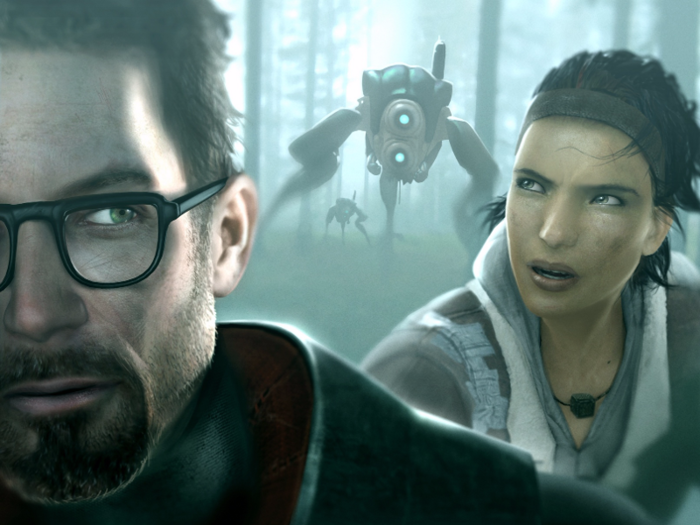
Half-Life 2: Episode 3 was scheduled to be released for Christmas of 2007, but was delayed several times, leading many to believe the game had been abandoned. At least, at first.
In 2008, concept art featuring the games' iconic protagonists started popping up on the internet, giving fans hope that the development was just taking longer than expected.
According to the Half-Life 3 wiki by FANDOM, several sets of concept art (like the ones uploaded to Picasa by Valve artist Andrea Wicklund pictured above) started circulating online.
At this point, the game was still being eagerly anticipated. Valve higher-ups gave vague answers to questions about the eventual release date, including marketing director Doug Lombardo, who hinted in an interview that the company "may" make an announcement at the end of the year.
They did not make an announcement at the end of 2008, or any year since.
Around this time, rumors swirled around the possibility that Half-Life 3 would feature a deaf character who uses sign language, garnering much praise from disability rights activists.
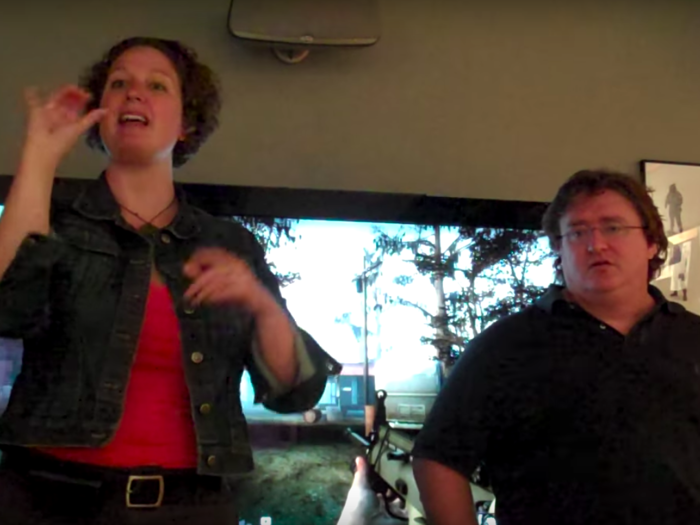
The rumors stemmed from Valve co-founder Gabe Newell, who said in interviews and presentations that Valve game creators had been working with sign language interpreters in development.
In a YouTube video posted in 2009, Newell says that Alyx programmed D0g to help her practice sign language in order to better communicate with a previous love interest, a plot line that he says gave Valve an "excuse to build the technology for signing," according to Kotaku.
Meanwhile, fans took to Steam to express their concerns and request that Valve communicate more effectively about the future of the game. Instead, Valve released Left 4 Dead 2.
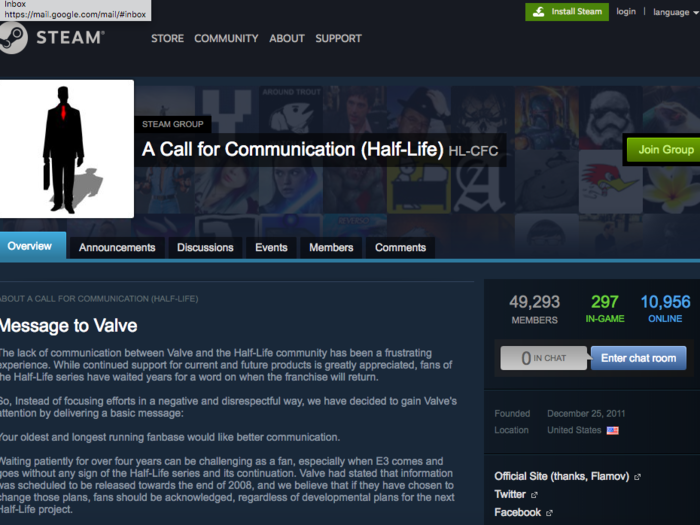
Petitions to the game creators, a group called "A Call for Communication" and a Left 4 Dead 2 boycott popped up on Steam, demonstrating the frustration in the community that one petition creator, screen name "Surfrock22," called Valve's "oldest and longest running fan base."
Fast forward a couple years, and upon the release of Portal 2 in 2011, Valve publicly declared that they are moving away from "isolated" single-player games.
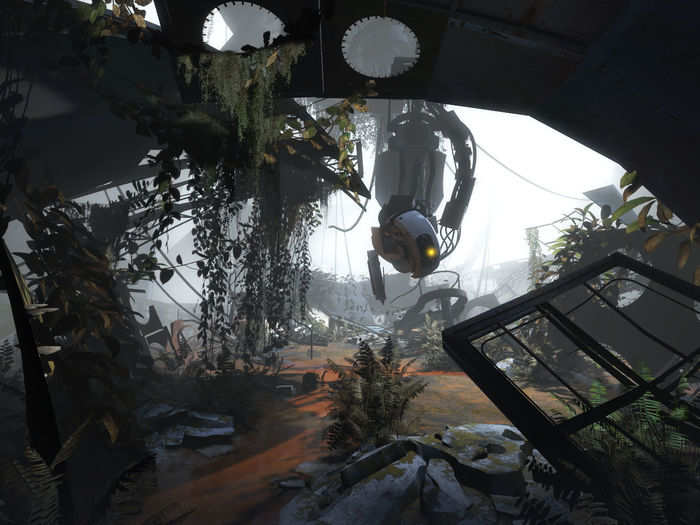
This announcement made plenty of sense for Valve, as they turned their attention to supporting Steam, VR technology, and online multi-player games.
In the same interview, Newell also implied that there could be untapped significance in having Portal and Half-Life take place in the same universe.
He said:
"When you're thinking about games, you sort of want to think about how characters collide. In their current forms, Chell and Gordon are very similar characters. In terms of the phenomenology of their experiences. ... In terms of having these people coexist at same time and same place, that's ... part of the reason Portal and Half-Life are in the same universe."
Naturally, rather than being discouraged by the first comment, the most dedicated fans clung to the second, hoping that it might mean a Portal / Half-Life crossover was in the works.
Two fans decided they had waited long enough, so they staged a two-man protest —complete with picket signs — outside the Valve headquarters.
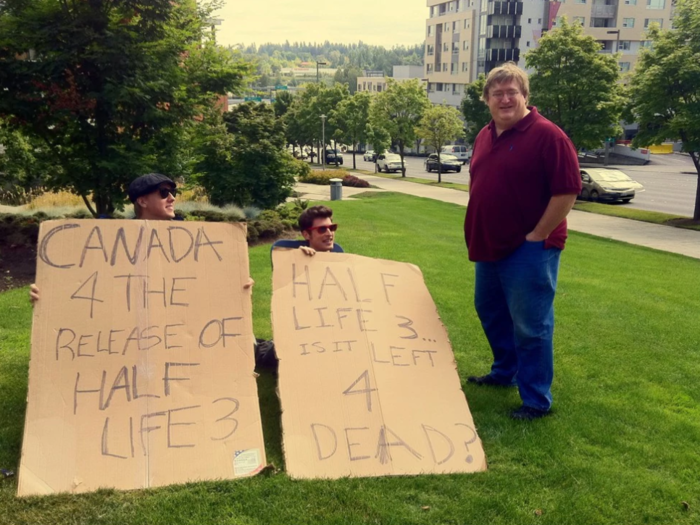
The "protest," which was actually more of a joke than any serious activism, ended when the picketers were invited into the office by Valve founder Gabe Newell, who bought them pizza and let them test-play Dota 2, according to Kotaku.
He couldn't, however, give them any insight into the future of Half-Life 3.
In 2013, Star Trek and now Star Wars: The Force Awakens director JJ Abrams says in a speech that he wants to work with Valve on a new game. Fans can only assume that he must be referring to Half-Life 3.
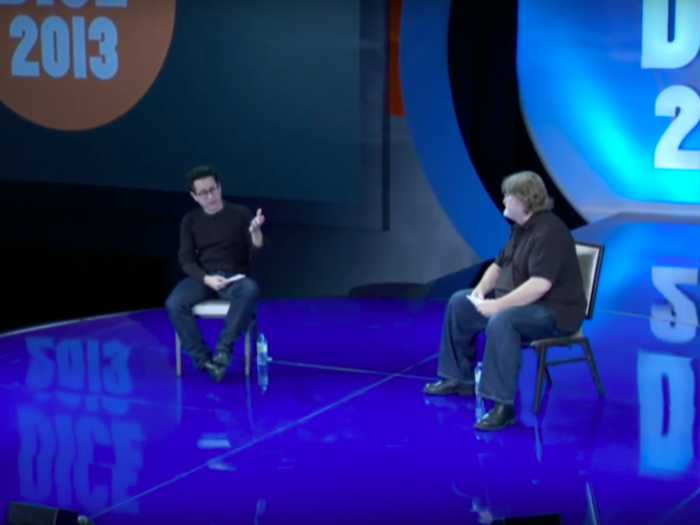
“We’re super excited about that and we also want to talk about making movies, either a Portal movie or a Half-Life movie," Abrams also said in his keynote speech at the 2013 D.I.C.E. SUMMIT.
Years go by with no substantial reason for hope that the game will ever manifest. Rumors continue to swirl, Valve continues their "say nothing" policy, and the mystery around the game evolves into a full-fledged internet meme.
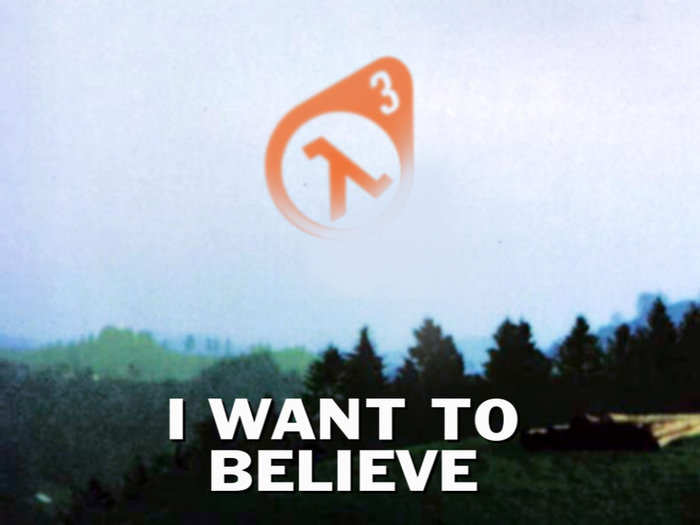
For a time, any and everything that came out of Valve was interpreted through the lens of Half-Life 3. Fans looked for clues to the game's future in places where there were none, leading many to poke fun at the ceaseless enthusiasm.
The phrase "Half-Life 3 confirmed" is still used sarcastically on fan forums and social media to poke fun at how desperate the audience had become for an update, and the joke inspired the creation of a subreddit of the same name.
Suddenly, in August 2017, a former Half-Life writer shocked the fan base with a blog post that many believe revealed the plot of the abandoned game.

Marc Laidlaw, who had left Valve the year before, published a mysterious blog post titled "Epistle 3" in the early hours of August 25, and despite some altered character names and other proper nouns ("Gertrude Fremont," instead of Gordon Freeman, "Alex Vaunt" instead of Alyx Vance, "Elly Vaunt" instead of Eli Vance, etc.) fans immediately identified the post as being tied to the game. What's more, references in the post to an "arctic" setting seemed to connect this story to the previously leaked concept art, which depicted the game's main characters wearing clothing fit for snowy weather.
Laidlaw took to Twitter to ensure that fans didn't get too excited, calling the post "fanfic" and "a genderswapped snapshot of a dream I had many years ago." And in classic Valve fashion, he refused to confirm or deny the actual relevance of the post to the official Half-Life canon or the (likely nonexistent) future of the game.
Not long after the blog post went up, a team of Half-Life fans and developers banded together to create an unofficial Half-Life game based on Laidlaw's story, called Project Borealis. The team doesn't yet have a forecast for the unofficial game's release, but has featured early artwork (including the image above) and music on their website.
In February of this year, the makers of Final Fantasy XV introduced a Half-Life loot pack, inspiring groans from the still-nostalgic fans.
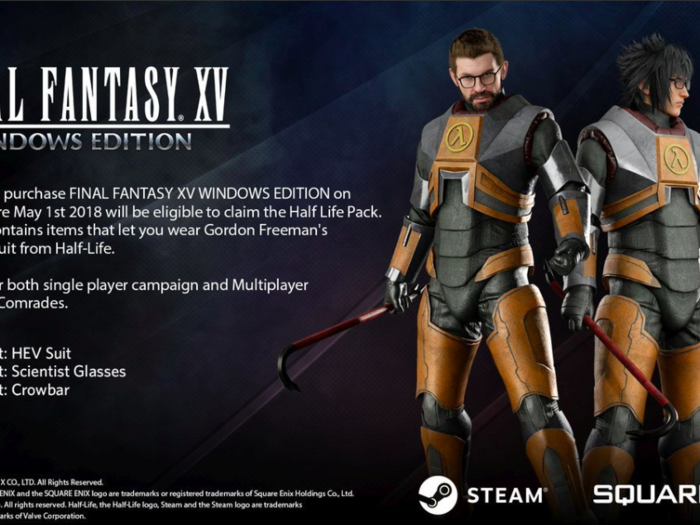
According to an announcement posted on Steam announcing a Windows-compatible version of Final Fantasy XV, the Half-Life pack would include Gordon Freeman's HEV Suit, scientist glasses, and the famous crowbar...but no references to the missing sequel.
Today, there's no real reason to believe we'll see a Half-Life 3 or Half-Life 2: Episode 3 any time in the near future, but that doesn't mean there aren't fans who do.
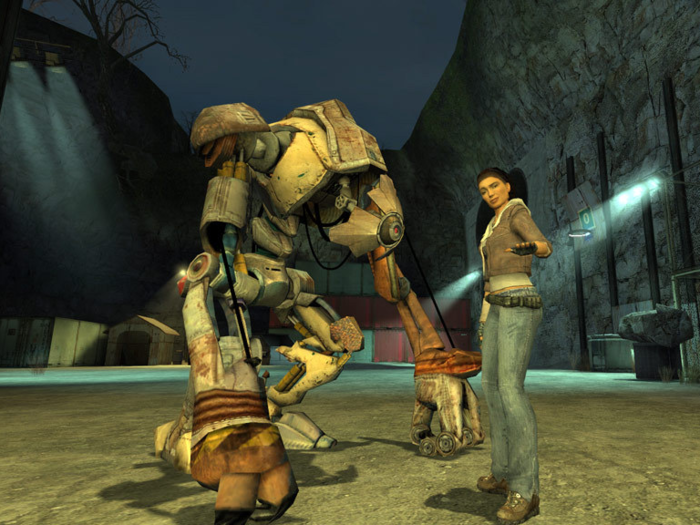
In a discussion about the lost game, my colleague and senior video game journalist Ben Gilbert said, "I don't think there's ever been a less likely time for Valve to release another Half-Life game."
Still, the audience didn't want to accept that the game had been abandoned ten years ago, and a quick visit to the Half-Life subreddit, or #HalfLife3 on Twitter will show that they're not about to give up now.
Popular Right Now
Popular Keywords
Advertisement